Water is like food for plants. They need it to grow big and strong. But giving plants too much water can be just as bad as not giving them enough. It’s tricky to know exactly how much water your outdoor plants need. This article will help you figure it out.
Every plant is different. Some need lots of water, while others can go a long time without it. Things like the weather, soil type, and plant age also change how much water a plant needs. We’ll look at all these factors to help you keep your outdoor plants happy and healthy.
Watering plants might seem simple, but there’s more to it than you might think. Do you water in the morning or evening? How deep should the water go? What about plants in pots versus those in the ground? We’ll answer all these questions and more.
Whether you’re growing veggies, herbs, flowers, or trees, this guide will teach you the ins and outs of watering outdoor plants.
How Often to Water Your Garden in Summer?
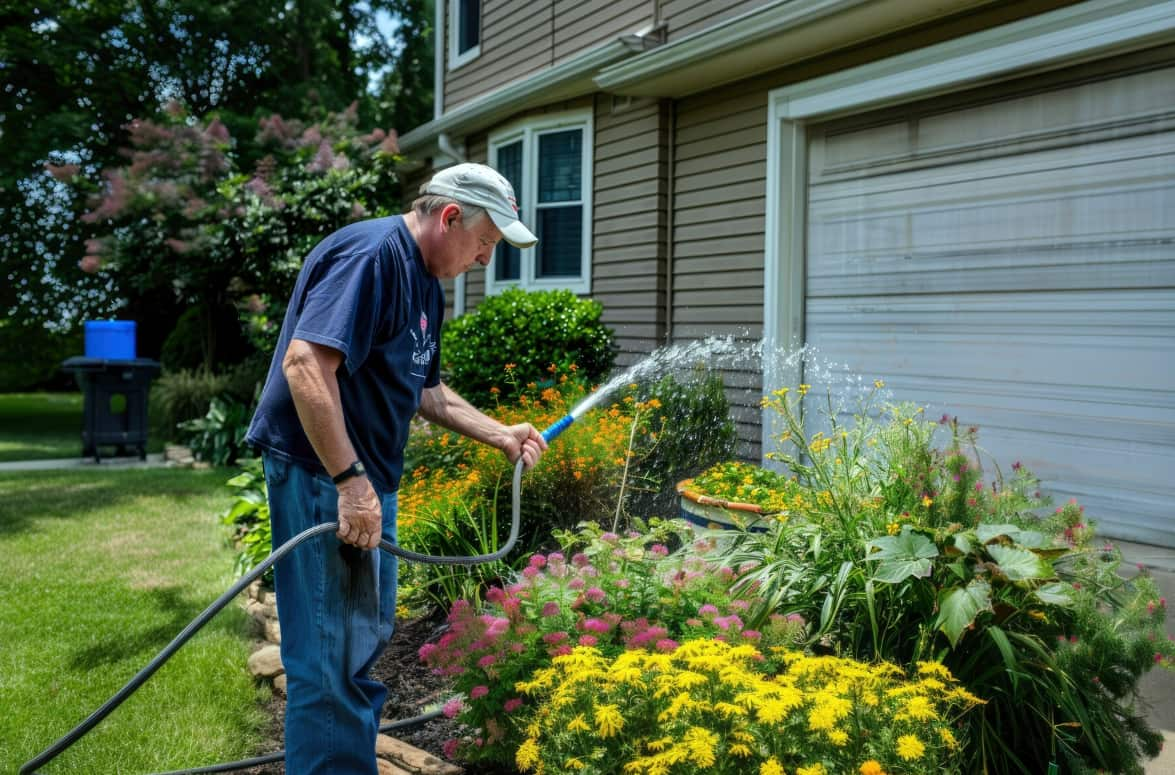
You’ll learn how to tell when your plants are thirsty and how to give them just the right amount of water. We’ll even cover what to do in different seasons, including winter.
By the end of this article, you’ll be a pro at watering your outdoor plants. You’ll save water, save money, and have healthier, happier plants. So let’s dive in and learn all about watering outdoor plants!
When and How to Water Your Plants?
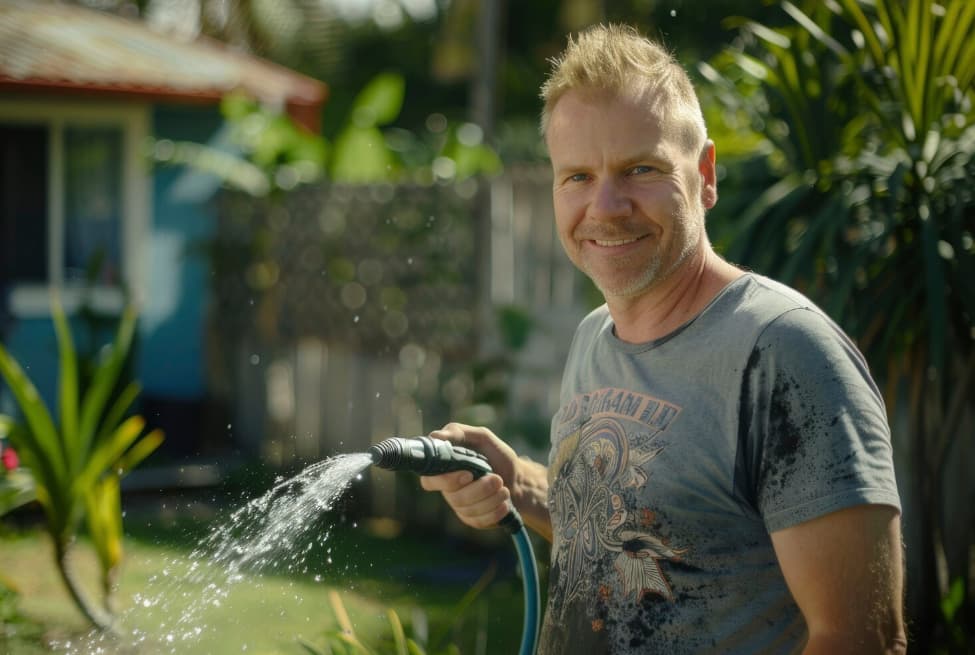
Timing is key when it comes to watering plants.
Here’s what you need to know:
Best Time to Water
- Early morning: This is the ideal time to water plants. The water has time to soak into the soil before the day gets hot.
- Late afternoon or early evening: This is the second-best time. Just make sure leaves have time to dry before night falls.
- Avoid midday: Water can evaporate quickly in the hot sun, wasting your efforts.
Signs Your Plants Need Water
- Wilting leaves
- Dry soil
- Drooping stems
- Leaves turning yellow or brown
But be careful! Sometimes wilting can mean too much water, not too little. Always check the soil before watering.
How to Check Soil Moisture?
- Stick your finger about an inch into the soil.
- If it feels dry, it’s time to water.
- If it feels damp, wait a bit longer.
Tips for Watering
- Water deeply: Make sure the water reaches the roots, not just the surface.
- Water slowly: This helps the soil absorb more water.
- Target the base: Aim for the soil around the plant, not the leaves.
- Avoid wet leaves: This can lead to fungal problems.
Remember, every plant is different. Some need more water than others. Let’s look at specific types of plants and their watering needs.
Vegetable Gardens
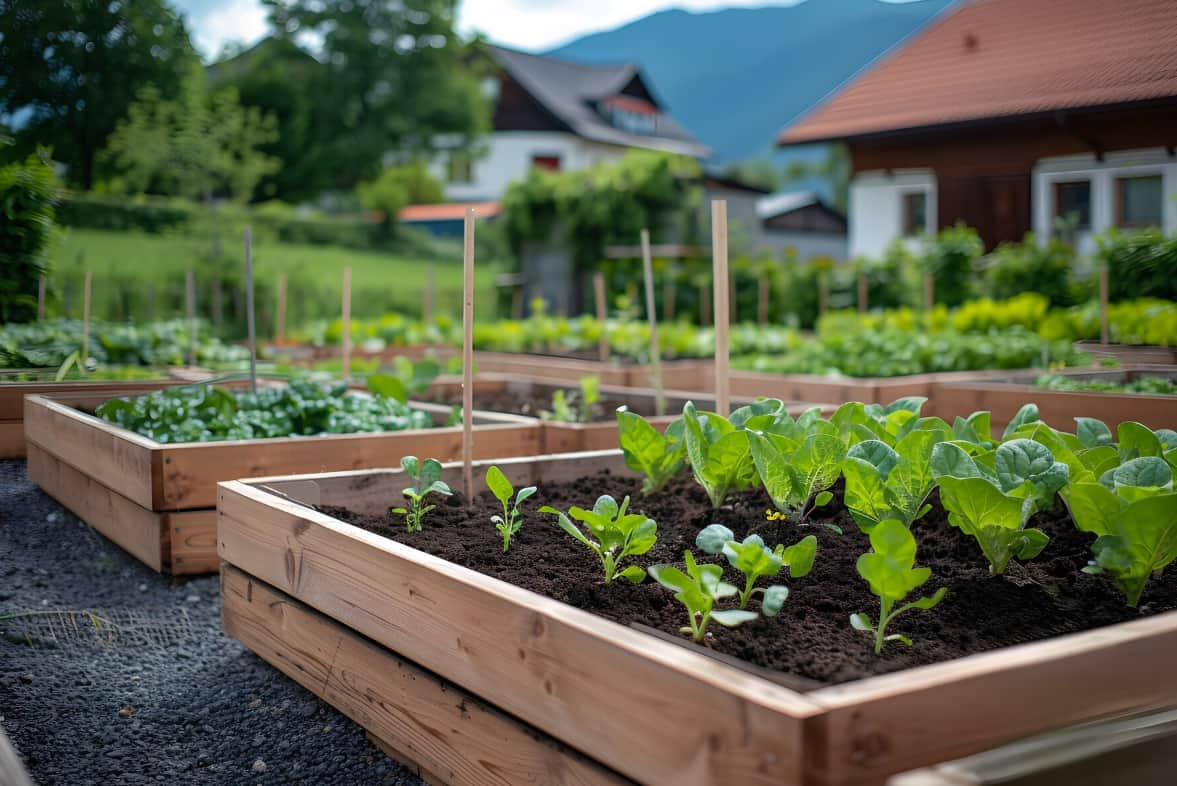
Growing your veggies is fun and rewarding. But to get a good harvest, you need to water them right. Here’s what you need to know:
- General Rule: Most vegetable gardens need about 1-2 inches of water per week. This includes rain, so keep an eye on the weather!
- How to Measure: Place an empty tuna can in your garden. When it’s full, you’ve watered about an inch.
Watering Frequency
- Spring and Fall: Once or twice a week is usually enough.
- Summer: You might need to water every day, especially during hot spells.
- During fruiting: Water more often when plants are making fruits or veggies.
Special Cases
- Seeds: Water lightly every day until they sprout.
- Seedlings: Water more often than mature plants. They have small roots that dry out fast.
Signs Your Veggies Need Water
- Wilting leaves
- Slow growth
- Poor fruit production
- Cracked fruits (like tomatoes)
Tips for Watering Vegetable Gardens
- Water in the morning to reduce evaporation.
- Use mulch to keep the soil moist longer.
- Water at the base of plants to avoid wet leaves.
- Check soil moisture often, especially in hot weather.
Remember, it’s better to water deeply less often than to give a little water every day. This encourages roots to grow deeper, making plants stronger.
Herbs Garden
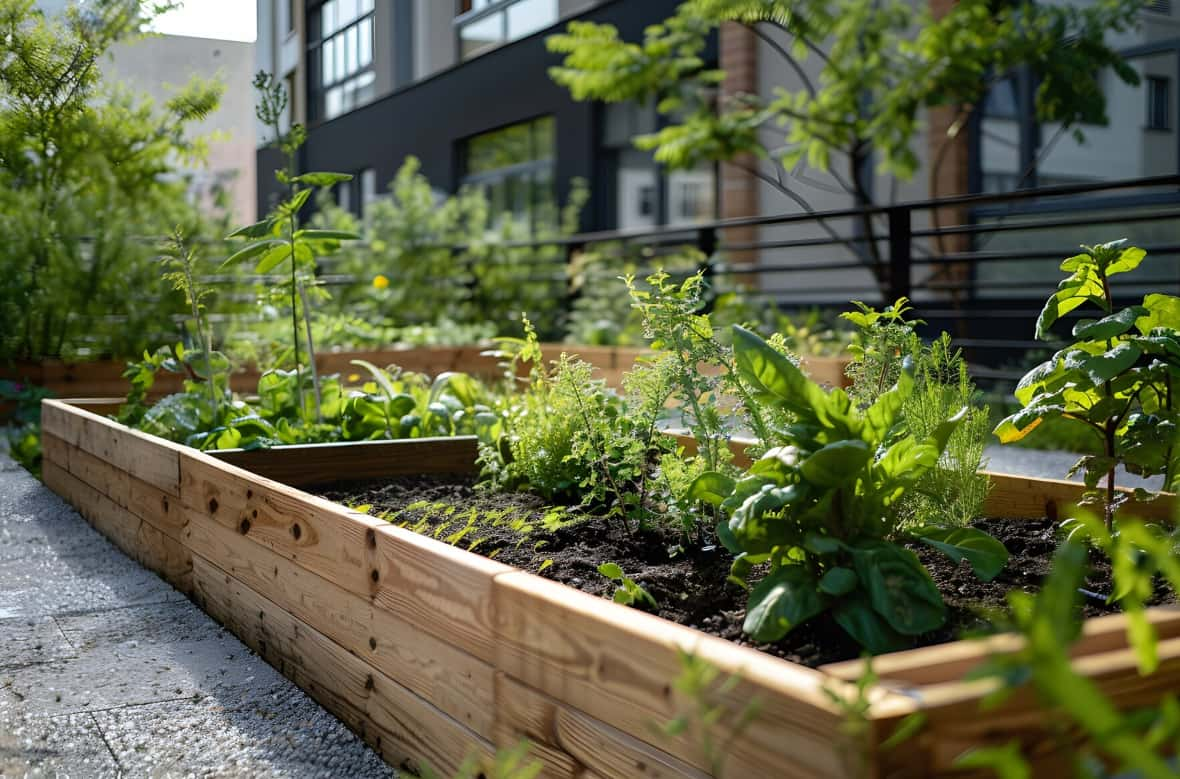
Herbs are great for cooking and many are easy to grow. But different herbs have different water needs. Let’s break it down:
Herbs That Need More Water
- Basil
- Cilantro
- Parsley
- Mint
These herbs have thin leaves that dry out fast. They need about 1 inch of water per week.
Herbs That Need Less Water
- Rosemary
- Thyme
- Sage
- Oregano
These herbs come from dry places. They can go longer without water.
How to Water Herbs?
- Check the soil: Stick your finger in about an inch. If it’s dry, water.
- Water at the base: Avoid getting leaves wet.
- Water deeply: Make sure water reaches the roots.
Tips for Watering Herbs
- Group herbs with similar water needs together.
- Use mulch to keep the soil moist.
- Water potted herbs more often than those in the ground.
- In hot weather, check herbs daily for signs of wilting.
Remember, most herbs don’t like “wet feet” (soggy soil). Good drainage is key!
Potted Plants
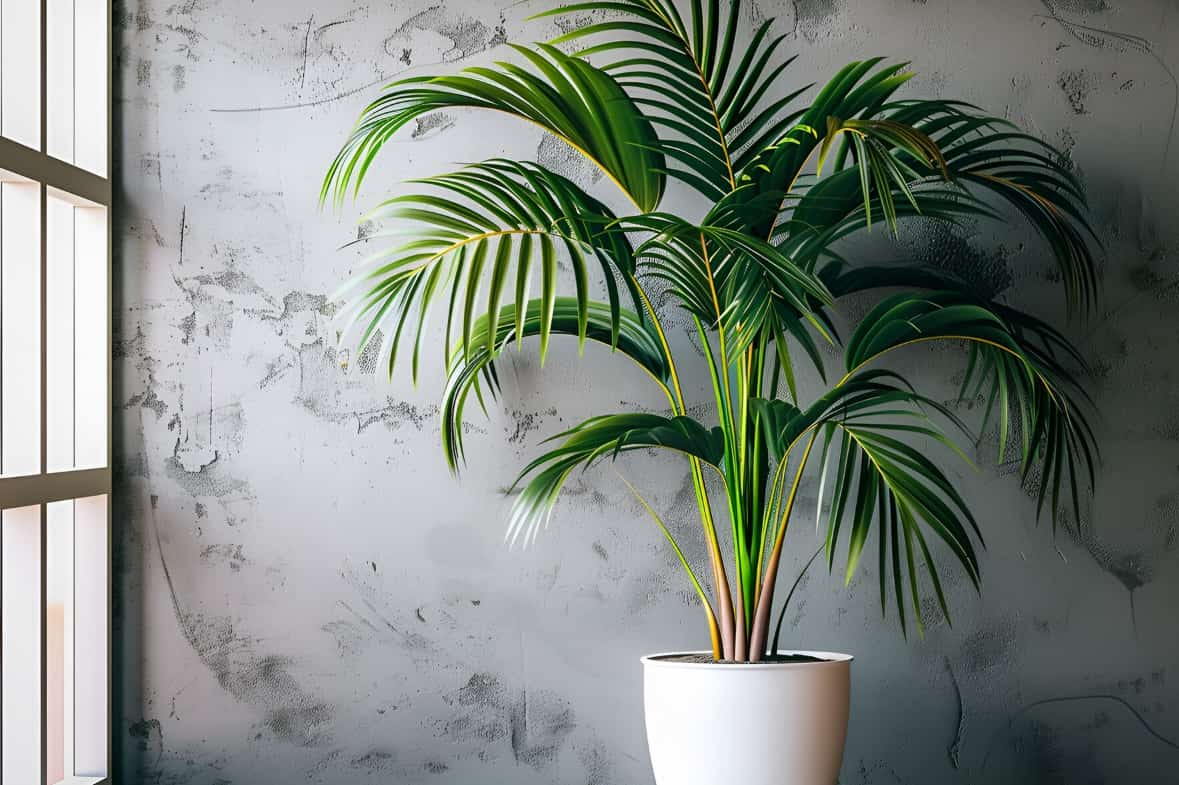
Plants in pots need more water than those in the ground. Why? The soil in pots dries out faster. Here’s how to keep your potted plants happy:
Factors That Affect Watering
- Pot size: Smaller pots dry out faster.
- Pot material: Clay pots dry out faster than plastic ones.
- Plant type: Some plants need more water than others.
- Weather: Hot, sunny days mean more watering.
How Often to Water?
- Spring and Fall: Every 2-3 days
- Summer: Daily (sometimes twice a day in hot weather)
- Winter: Less often, maybe once a week
How to Check if Potted Plants Need Water?
- Stick your finger in the soil up to your second knuckle.
- If it feels dry, it’s time to water.
Tips for Watering Potted Plants
- Water until you see it coming out of the drainage holes.
- Use saucers under pots to catch extra water.
- Move pots to shade on very hot days.
- Group pots together to create a humid microclimate.
Special Note on Hanging Baskets: These dry out very fast. In hot weather, you might need to water them twice a day.
Remember, it’s better to water deeply less often than to give a little water every day. This helps roots grow stronger.
Raised Beds
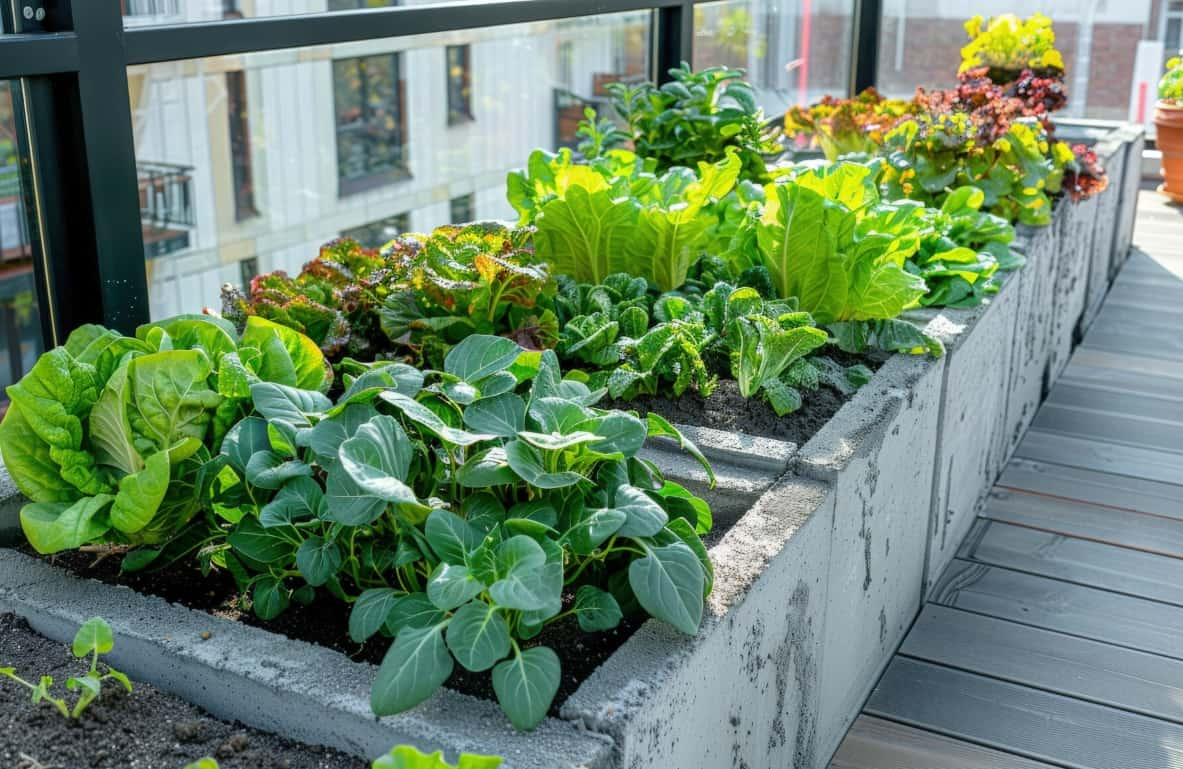
Raised beds are great for growing veggies and flowers. But they can dry out faster than in-ground gardens. Here’s what you need to know:
Why Raised Beds Need More Water?
- Soil heats up faster
- Better drainage means water moves through quickly
- Edges dry out faster than the center
How Often Water Raised Beds?
- Small beds: Might need daily watering in hot weather
- Large beds: Usually need watering 2-3 times a week
How to Water Raised Beds?
- Check soil moisture: Stick your finger in about an inch. If dry, water.
- Water deeply: Make sure water reaches the bottom of the bed.
- Pay extra attention to edges: These dry out fastest.
Tips for Watering Raised Beds
- Use mulch to keep the soil moist longer.
- Install a drip irrigation system for easy watering.
- Water in the morning to reduce evaporation.
- Group plants with similar water needs together.
Remember, new plants in raised beds might need more frequent watering until they’re established.
Trees and Shrubs
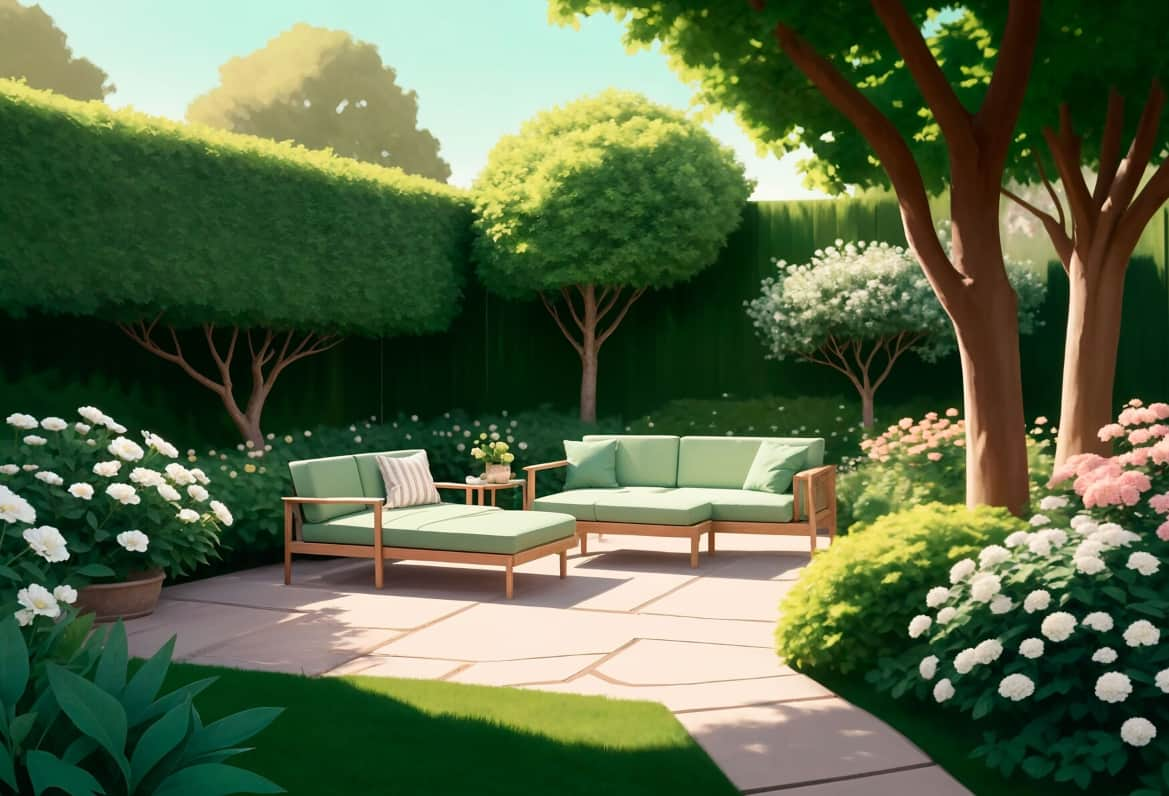
Trees and shrubs are the big guys in your garden. They have different water needs than smaller plants. Here’s what you should know:
Watering Needs
- Native plants: Usually need less watering once established
- Non-native plants: Might need regular watering, especially in dry spells
How Often to Water?
- Newly planted: Daily for first 2 weeks, then 2-3 times a week for 3 months
- Established plants: Once a week if there’s no rain
- Fruit trees: Need extra water when flowering and before harvest
How to Water Trees and Shrubs?
- Water at the drip line (edge of branches), not at the trunk
- Water deeply to encourage deep roots
- Use a soaker hose or drip system for efficient watering
Tips for Watering Trees and Shrubs
- Use mulch around the base to keep the soil moist (but not touching the trunk)
- Water slowly to allow the soil to absorb water
- Check soil moisture before watering
- Young trees need more water than established ones
Remember, overwatering can be as harmful as underwatering. Make sure the soil has good drainage.
Flowerbeds in Garden
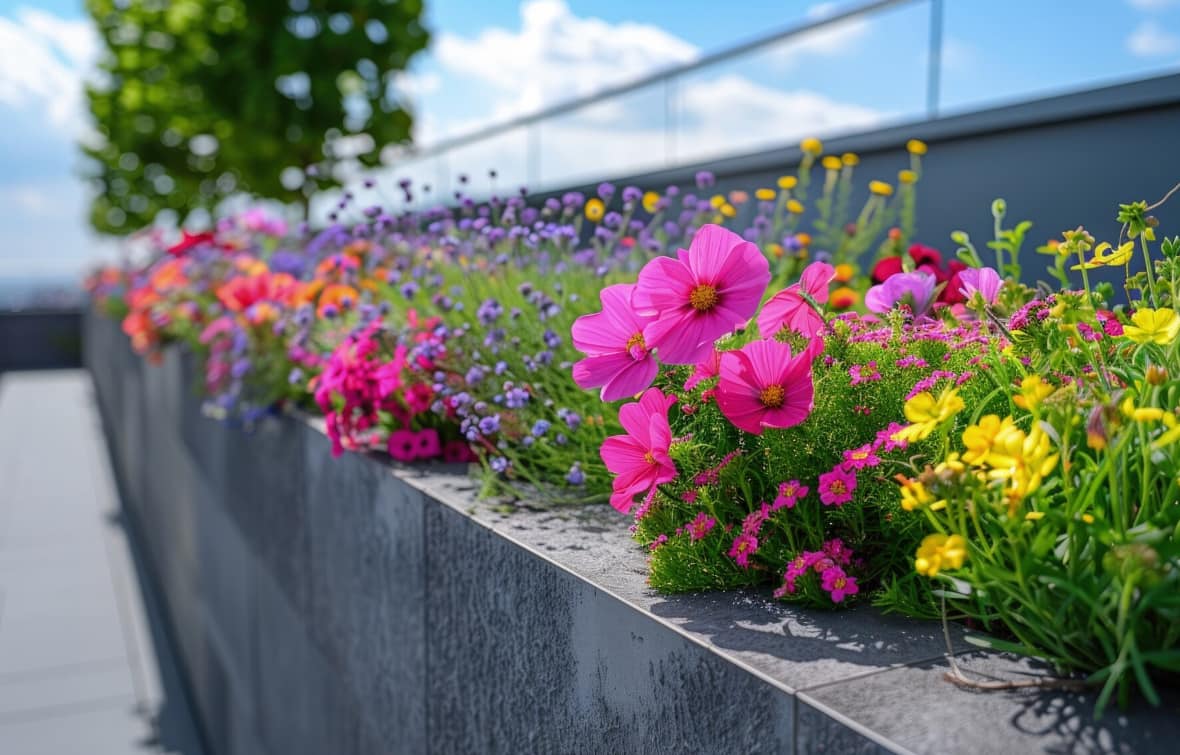
Flowerbeds add color and beauty to your garden. But different flowers have different water needs. Here’s how to keep your flowerbeds blooming:
Types of Flowers and Their Water Needs
- Annuals: Need more frequent watering, usually 2-3 times a week
- Perennials: Often need less water, about once a week
- Native plants: Usually need less water once established
How to Water Flowerbeds?
- Check soil moisture: Stick your finger about an inch into the soil. If dry, water.
- Water is at the base of plants, not on leaves.
- Water deeply to encourage strong roots.
Tips for Watering Flowerbeds
- Group plants with similar water needs together.
- Use mulch to keep the soil moist longer.
- Water in the morning to reduce evaporation.
- Consider installing a drip irrigation system.
Special Cases
- New plants: Need more frequent watering until established.
- Plants in full sun: May need more water than those in shade.
- During blooming: Many flowers need extra water when they’re making flowers.
Remember, consistent watering is key for healthy flowers. Try to keep the soil evenly moist, not soaking wet or bone dry.
New Plants and Transplants
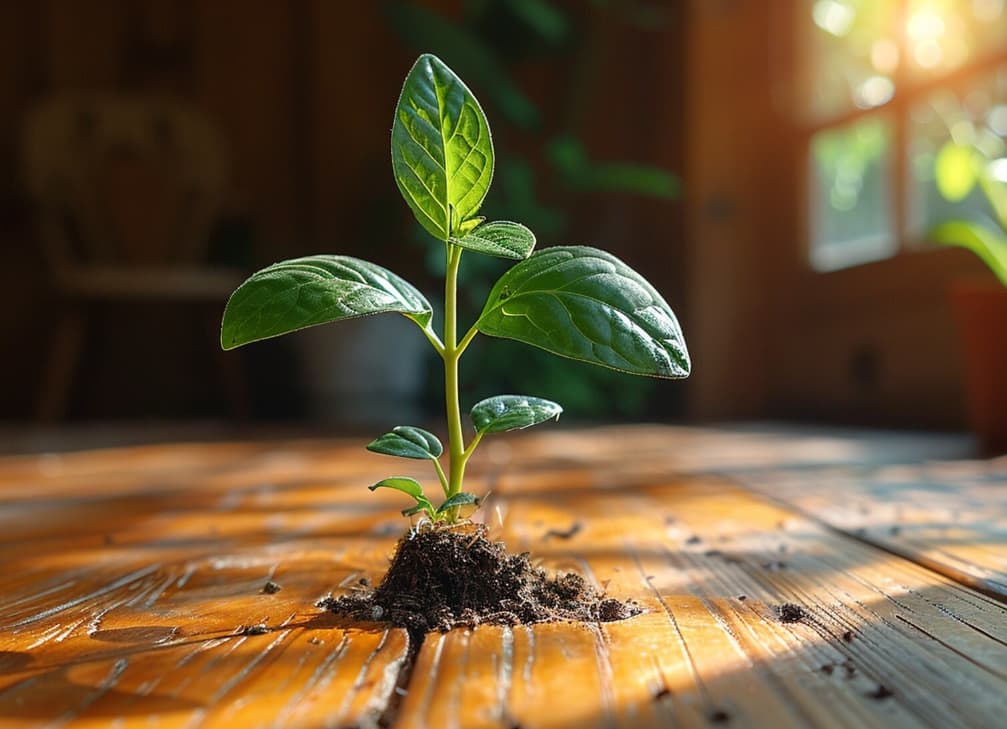
New plants and transplants need extra care when it comes to watering. Their roots are still small and can’t reach far for water. Here’s how to help them get established:
Watering Schedule for New Plants
- First 2 weeks: Water daily
- Next 3 months: Water 2-3 times per week
- Rest of first growing season: Water weekly
How to Water New Plants?
- Create a small basin around the plant to hold water.
- Water slowly and deeply to encourage deep roots.
- Check soil moisture daily, especially in hot weather.
Tips for Watering New Plants
- Use mulch to keep the soil moist longer.
- Protect from strong sun for the first few days.
- Don’t fertilize right away – wait until plants are established.
- For trees, water at the drip line (edge of branches), not at the trunk.
Signs a New Plant Needs Water
- Wilting leaves
- Drooping stems
- Dry soil
- Slow growth
Remember, it’s better to water deeply less often than to give a little water every day. This encourages roots to grow deeper, making plants stronger.
Winter and Dormancy Watering
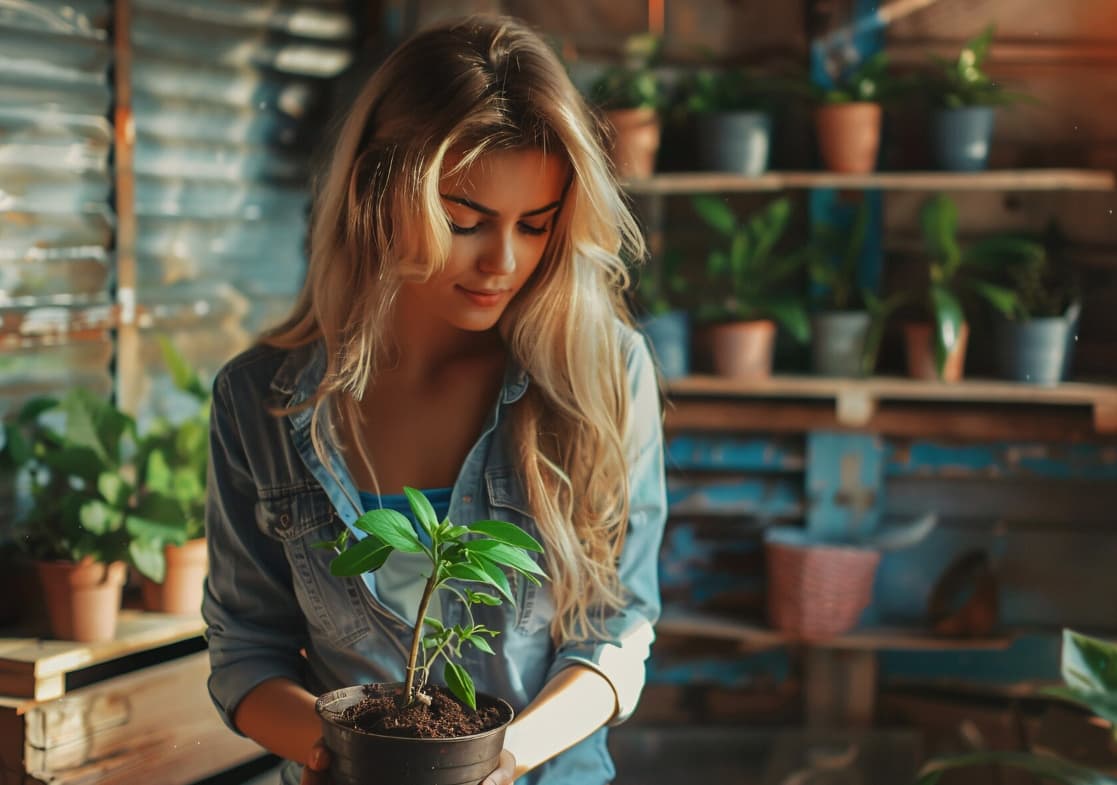
Many people think plants don’t need water in winter. But that’s not always true! Here’s what you need to know about watering in winter:
Why Winter Watering Matters?
- Plant roots are still alive and need some water.
- Dry winter winds can dry out the soil.
- A lack of snow can mean a lack of moisture.
When to Water in Winter?
- If there’s no rain or snow for 3 weeks
- On days when the temperature is above 40°F (4°C)
- When the ground isn’t frozen
How Much to Water?
- Trees: About 10 gallons per inch of trunk diameter
- Small shrubs (3 feet tall): About 5 gallons
- Large shrubs (6+ feet tall): About 18 gallons
How to Water in Winter?
- Water at the drip line (edge of branches), not at the trunk.
- Water slowly to allow absorption.
- Water in the middle of the day so it can soak in before night freezes.
Plants That Need Extra Winter Care
- Newly planted trees and shrubs
- Plants with shallow roots (like dogwoods)
- Evergreens (they lose water through their leaves all year)
Remember, don’t water when the ground is frozen or when there’s snow cover. The water won’t soak in and can create ice, which can damage plants.
FAQs:
- Should I water my vegetable garden every day when it’s hot?
In very hot weather, you might need to water your vegetable garden daily. But it’s better to check the soil first. Stick your finger about an inch into the soil. If it feels dry, it’s time to water. Remember, deep watering less often is better than light watering every day.
- Should I water plants daily in the summer?
It depends on the plant and the weather. Many plants need more water in summer, but daily watering isn’t always necessary. Container plants and newly planted ones might need daily watering in hot weather. For most established plants in the ground, watering deeply 2-3 times a week is usually enough.
- Do you need to water your garden every day?
Most gardens don’t need watering every day. Watering too often can be bad for plants. It’s better to water deeply less often. This encourages roots to grow deeper, making plants stronger. Check the soil moisture before watering. If the top inch of soil is dry, it’s time to water.
- Is it better to water the garden in the morning or at night?
Morning is the best time to water your garden. Here’s why:
- Less water evaporates in the cool morning air.
- Plants have all day to dry, reducing the risk of fungal diseases.
- Plants can use the water throughout the day when they need it most.
If you can’t water in the morning, early evening is the next best time. Avoid watering at night if possible, as wet leaves overnight can lead to plant diseases.
- Can a vegetable garden be overwatered?
Yes, a vegetable garden can be overwatered. Signs of overwatering include:
- Yellowing leaves
- Wilting even though the soil is wet
- Soft, mushy stems
- Mold or algae on the soil surface
- Foul smell from the soil
To avoid overwatering, always check soil moisture before watering. Make sure your garden has good drainage, and consider using raised beds in areas with heavy soil.
- How many minutes is deep watering?
The time for deep watering varies depending on your soil type and watering method. Here are some general guidelines:
- Sprinklers: Run for about 30-40 minutes.
- Drip irrigation: Run for about 45-60 minutes.
- Hand watering: Water slowly until the top 6-8 inches of soil is moist.
The goal is to wet the soil to the depth of the plant’s root zone. For most vegetables and flowers, this is about 6-8 inches deep. For trees and shrubs, you’ll want to water even deeper.
- Is it better to water more often or longer?
It’s generally better to water for longer periods less often. This encourages plants to develop deeper roots, which makes them more drought-resistant. Deep watering also ensures that water reaches all parts of the root system.
Watering more often but for shorter periods can lead to shallow root systems. This makes plants more vulnerable to drought and heat stress.
- How long does it take to water 1 inch with a sprinkler?
The time it takes to water 1 inch with a sprinkler varies depending on the type of sprinkler and your water pressure. Here’s a simple way to find out:
- Place several empty tuna cans or similar containers in different spots in your sprinkler’s range.
- Turn on the sprinkler and note the start time.
- Check the cans every 15 minutes.
- When most cans have about an inch of water, stop and note the time.
This will give you a good estimate of how long it takes your sprinkler to water 1 inch. Most sprinklers take between 30 minutes to an hour to water 1 inch.
- What is a good watering schedule?
A good watering schedule depends on many factors, including your climate, soil type, and the types of plants you’re growing. Here’s a general guide:
- Newly planted seeds or seedlings: Water daily
- Established vegetables: Water 2-3 times per week, more in hot weather
- Established flowers: Water 1-2 times per week
- Trees and shrubs: Water once a week if there’s no rain
- Container plants: Check daily, water when the top inch of soil is dry
Also Check:
Conclusion:
Watering outdoor plants might seem tricky, but it doesn’t have to be. The key is to understand your plants’ needs and pay attention to the signs they give you.
Remember, it’s better to water deeply and less often than to give a little water every day. This helps plants develop strong, deep roots.
Always check the soil before watering. If it’s dry an inch down, it’s time to water. Early morning is the best time to water, and aim for the base of the plant, not the leaves.
Every garden is unique, so don’t be afraid to adjust your watering routine as needed.
With practice and observation, you’ll become an expert at keeping your outdoor plants happy and healthy.
